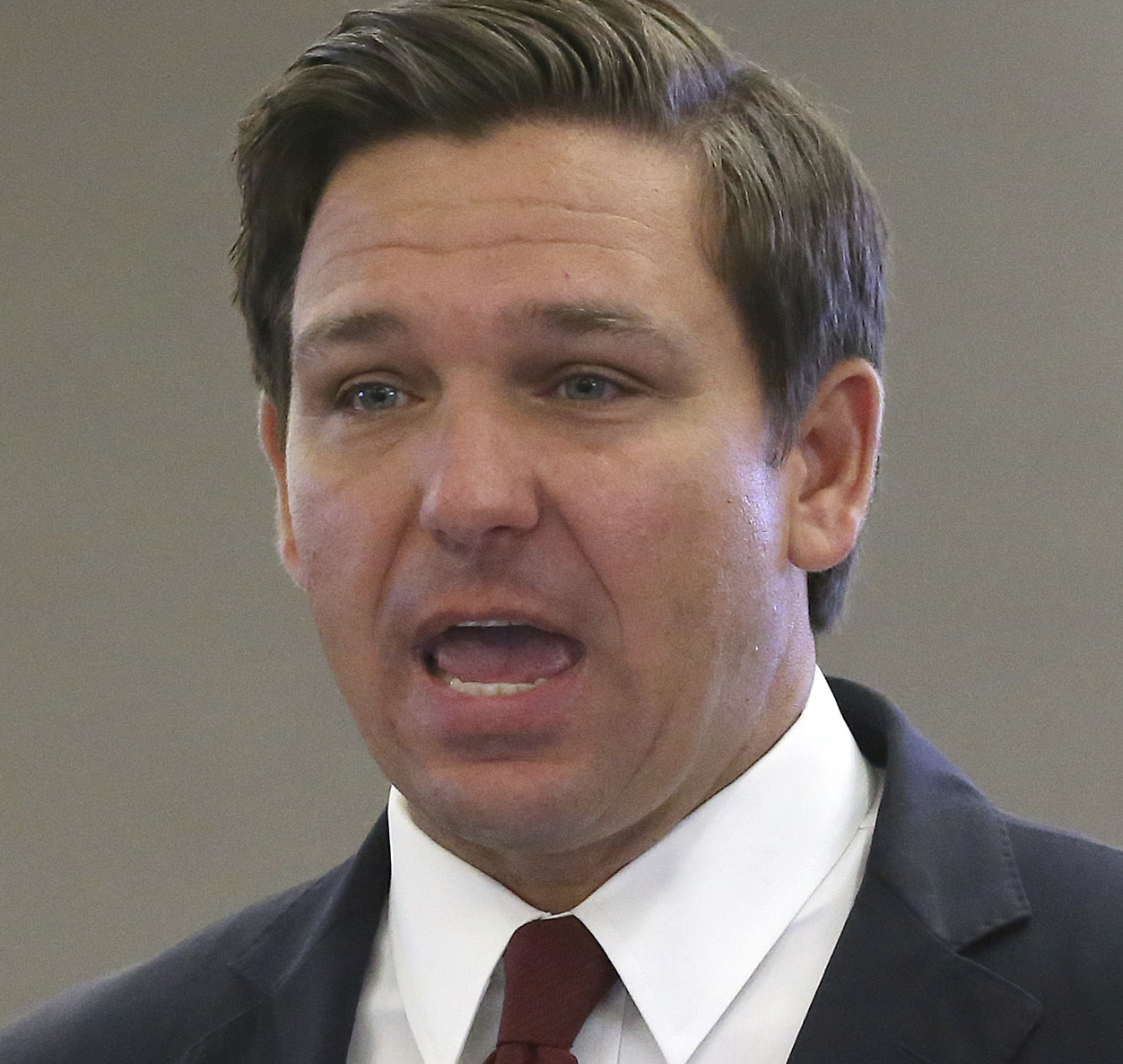Protecting and enhancing Florida's air quality was a pillar of Ron DeSantis' gubernatorial campaign promises.
"Florida is blessed to have some of the cleanest air in the country," the then-candidate's campaign website said. "As governor, Ron DeSantis will continue this legacy through continued aggressive air quality monitoring and working with local stakeholders and utility companies to further improve our air quality."
Although DeSantis didn't institute clean air policies immediately, metrics suggest air quality has nevertheless improved.
In 2020, Florida became the largest U.S. state to meet all of the Environmental Protection Agency's air quality standards, which specify what common pollutant levels in the air are considered too high for health. The following year, in 2021, the state achieved its cleanest air on record since 1970.
This year, DeSantis made two moves aimed at keeping air clean.
In August, the Department of Environmental Protection announced funding for 227 electric transit buses on the road and 218 electric school buses across various counties. Replacing diesel buses with electric models will decrease Florida's nitrogen oxide emissions by more than 200 tons a year, the department said.
DeSantis has also targeted preserving green space to increase or preserve air quality. This past August, the state said it acquired seven parcels totaling almost 20,000 acres that will be designated for conservation within the state.
Florida's current air quality monitoring is overseen by the state's Department of Environmental Protection, which partners with "19 state, local and private environmental programs" to test levels of carbon monoxide, lead, nitrogen dioxide, ozone, particulate matter and sulfur dioxide in the air.
That doesn't mean that every square inch of Florida is monitored for all air pollutants or that air quality monitors are evenly distributed. The department's website said "monitors tend to be concentrated in areas with the largest population densities."
Eye on air monitoring
This is where local air programs come in. Some of the state's most populous counties — Broward, Miami-Dade, Orange, Hillsborough and Palm Beach — have air quality branches locally maintained by government employees. Systems available through the Florida DEP let residents measure air quality in individual spots or by county.
But activists such as Sierra Club Florida Director Emily Gorman say people still vastly rely on the federal Environmental Protection Agency's monitoring system to understand their local air quality.
Despite DeSantis' claims of consistent cleanliness, Florida has faced air quality challenges. In a predominantly Black neighborhood in St. Petersburg, for example, residents have noticed a persistent gas smell for decades that one person likened to "jet fuel," according to reporting this past April from the Tampa Bay Times.
To determine the odor's cause, local scientists did their own air-quality monitoring and gave residents personal air monitors to contribute to the effort. The neighborhood association also started a "Smell Something, Say Something" campaign.
Coal ash landfills, like one near Orlando, might also be spreading toxins into the air that nearby neighbors inhale, according to Physicians for Social Responsibility. The ash can hold mercury, cadmium and arsenic, which can pollute air and groundwater, reports NPR. Fifteen coal-fired power plants exist in Florida, according to organization Southeast Coal Ash, and the state's entire coal ash impoundment force can hold as many as 850 million gallons of the substance, per the EPA.
Coal-fired power plants work by burning coal to make steam and create electricity. The power stations account for roughly 40% of the world's electricity, according to 2020 numbers, but they can also be a source of pollutants, including nitrogen and sulfur oxide.
External metrics suggest Florida's air quality is the best in decades. But industrial structures like coal ash landfills still pose ongoing challenges to the environment. Yet DeSantis' promise specified that he would continue "aggressive air quality monitoring," not increase it, and "further improve our air quality." Given that DeSantis has tried to battle some but not all of the manmade factors that damage air quality, we rate this Compromise.

